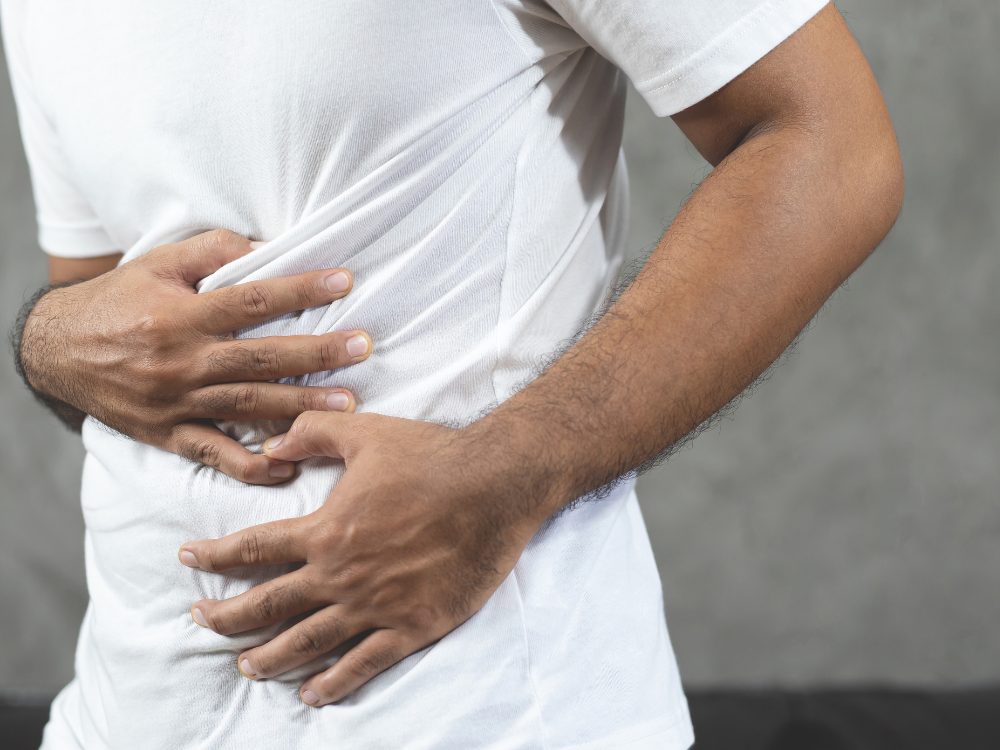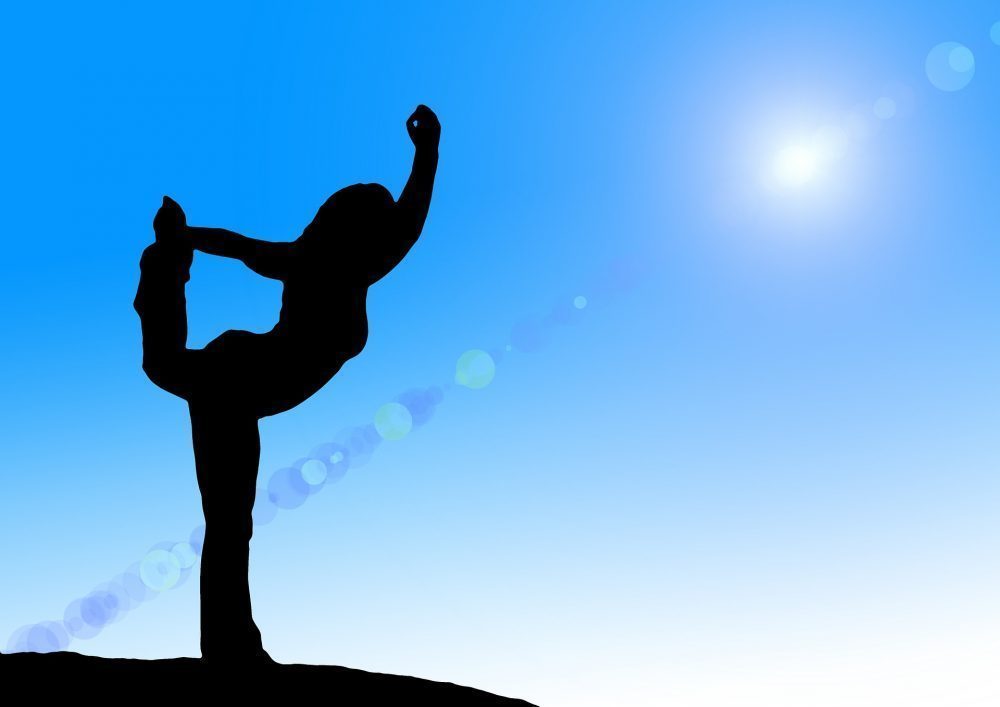
5 Gallstone Symptoms You Need to Know About
This is a collaborative post
Gallstones are incredibly common. In fact, it’s believed more than 1 in every 10 adults in the UK have them. However, only a minority of individuals develop symptoms. Gallstones, which are crystallised clumps of bile and dissolved cholesterol that form in the bile duct or gallbladder, are the most common gallbladder problem.
If you do experience symptoms, surgery is often performed to remove the gallbladder. You may not know what signs to look out for, so read below and if any of them ring true to you, don’t delay in seeking medical care.
Stomach Ache
One of the most common signs you have gallstones is the occasional recurrence of a dull pain near your liver. This pain often strikes after you eat and can last for several hours before it resolves. Pain can occur near the rib cage, and upper right abdomen, but can radiate to the centre of the abdomen and upper back too. Known as a gallbladder attack, or biliary colic pain, it is most likely triggered by large and fatty meals. If you’re experiencing frequent stomach pain and aren’t sure why, make sure to see your doctor immediately.

Jaundice
Jaundice is a symptom that indicates a problem with the liver. Jaundice causes yellowing to the skin and whites of the eyes, as well as pale coloured stools and dark urine. This could be a sign that you have a gallbladder problem. The gallbladder releases bile into the small intestine through a tube known as the cystic duct. This is connected to the bile duct. Jaundice occurs if these ducts are obstructed.
Nausea
Many individuals mistake gallbladder issues for acid reflux, heartburn, or an upset stomach. In some cases, people mistake gallbladder pain as muscle pain from physical activity. However, if you’re experiencing nausea or vomiting frequently, accompanied by episodes of pain after eating a meal, this could be a sign of gallbladder disease.
Pancreatitis
Should you develop an inflammation of the pancreas (pancreatitis), you should be examined for gallstones. The pancreas is located next to the liver and releases digestive enzymes into the same area of the digestive tract as bile. If a gallstone leaves the gallbladder and becomes stuck in the pancreatic duct, this can result in abdominal pain and inflammation. Doctors normally advise that the gallbladder be removed. In these cases, you will want to speak to a hepatologists such as those at the Birmingham HPB Clinic. They are specialists in complex treatments of the pancreas, liver, and gallstone conditions so can give you the urgent advice and treatment you need.
Sudden Change in Weight
Those who are overweight are at a heightened risk of gallstones. While the obvious route would be to lose weight to lower the risk, losing too much can make you more susceptible to forming gallstones. Patients who undergo a gastric bypass are at a greater risk of developing gallstones. It’s always recommended to lose weight slowly, rather than going on a crash diet.
Most gallstones aren’t dangerous. But, they can pose a danger if they block the gallbladder. If you have any of the symptoms above and they aren’t going away, it’s important to book a GP appointment as soon as possible.




